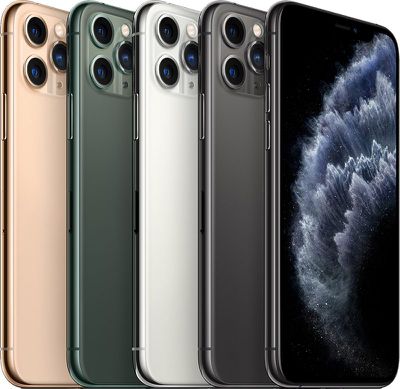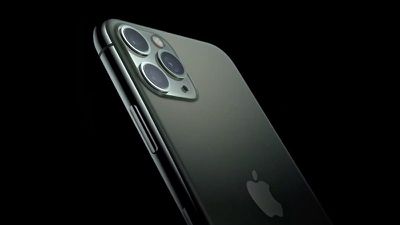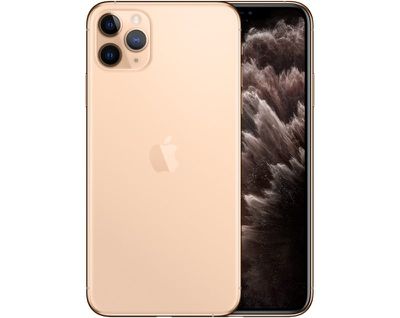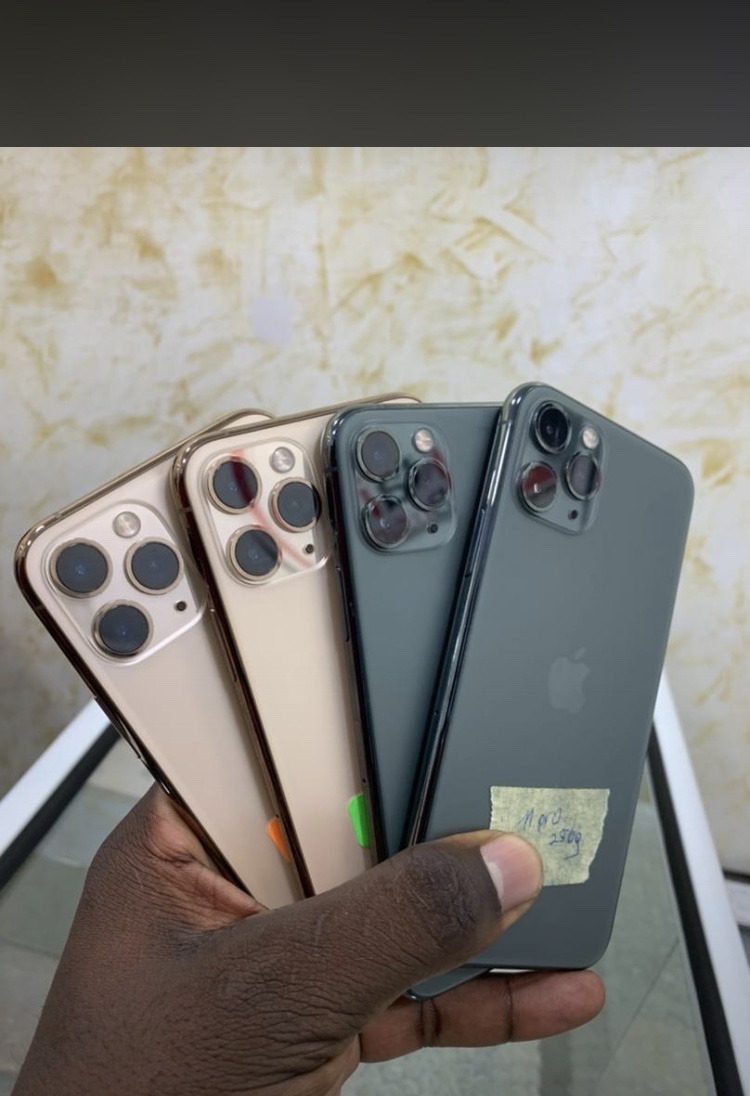Apple on September 10, 2019, unveiled its latest flagship iPhones, the iPhone 11 Pro and the iPhone 11 Pro Max, which are being sold alongside the more affordable and less feature rich iPhone 11. Apple says that the 5.8-inch and 6.5-inch iPhone 11 Pro and iPhone 11 Pro Max have a new “Pro” moniker because the two devices are designed for users who want the very best smartphone that’s available.
Both new iPhones feature Super Retina XDR OLED displays, with the 5.8-inch iPhone 11 Pro offering a 2426 x 1125 resolution and the 6.5-inch iPhone offering a 2688 x 1242 resolution.
The new phones include HDR support, a 2,000,000:1 contrast ratio, and 800 nits max brightness (1200 for HDR). True Tone is included for matching the white balance of the display to the ambient lighting in the room to make it easier on the eyes, as is wide colorfor more vivid, true-to-life colors.
3D Touch has been eliminated in the iPhone 11 Pro and Pro Max, with Apple instead outfitting the new devices with a similar Haptic Touch feature. Haptic Touch is supported across iOS 13, but it lacks the pressure sensitivity of 3D Touch.
Design wise, the iPhone 11 Pro and iPhone 11 Pro Max look similar to the iPhone XS and XS Max, but come in textured matte finishesavailable in Gold, Space Gray, Silver, and a never-before-used Apple color: Midnight Green.
Though the 2019 iPhones don’t look much different, Apple says they’re made from the toughest glass ever in a smartphone and offer improved water resistance (IP68), boosting overall durability. Spatial audiosupport offers a more immersive sound experience, and Dolby Atmos is supported.
The biggest difference between the iPhone 11 Pro and Pro Max and the previous-generation iPhones is the triple-lens camera setup. Apple’s new iPhones feature triple 12-megapixel ultra wide angle, wide angle, and telephoto cameras.
The new ultra wide camera features a 120 degree field of view, allowing for better landscape shots and tight shots that are able to capture more without having to adjust the position of the iPhone. The telephoto lens has a larger f/2.0 aperture that allows it to capture 40 percent more light compared to the iPhone XS.
With the addition of an ultra wide angle camera, the iPhones support 2x optical zoom in, 2x optical zoom out, and digital zoom up to 10x. Dual optical image stabilization is available for the wide angle and telephoto lenses, the True Tone flash is brighter, and the cameras offer next-generation smart HDRto intelligently recognize subjects in frame and relight them for more natural-looking photos that have more detail.
The camera interface on the iPhone 11 Pro and Pro Max has been overhauled with a more immersive experience that lets you see and capture the area outside of the frameusing the ultra wide-angle camera if desired.

Apple has added a new Night Mode that’s designed to use the iPhone’s processing capabilities to capture crisp, clear, bright photos even in very low lighting conditions, similar to the Night Sight mode on Google Pixel devices.
When using Portrait Mode, there’s an option to choose wide and telephoto framing, enabling Portrait mode with a wider field of view for shots of portraits of multiple people. A new Deep Fusion feature, coming in iOS 13.2, uses advanced machine learning techniques for pixel-by-pixel processing of photos, optimizing for texture, details, and noise.
4K video recording with extended dynamic range is available at 24, 30, or 60fps, and all of the cameras can be used for recording video, with live swapping available.

A QuickTake video mode lets you hold down on the shutter button to automatically record video with subject tracking, and an Audio Zoom feature matches the audio to the video framing for more dynamic sound.
The front-facing TrueDepth Camerasystem has been updated with a new 12-megapixel camera, and making Face ID up to 30 percent faster and able to work from more angles. For the first time, it supports 120 fps slo-mo video, allowing users to capture slo-mo selfies, aka “slofies.” The TrueDepth camera also supports next-generation smart HDR for more natural-looking photos and it can record 4K video at 60 fps.
Inside, there’s an A13 Bionic 7-nanometer chip along with a third-generation Neural Engine. Apple says the A13 Bionic is the fastest chip ever in a smartphone with 20 percent faster CPU and GPU than the A12.

New Machine Learning Accelerators allow the CPU to deliver more than 1 trillion operations per second, and the Neural Engine is faster than ever for real-time photo and video analysis.
When it comes to battery life, Apple has made impressive improvements. The iPhone 11 Pro offers up to 18 hours of video playback, 11 hours of streamed video playback, and 65 hours of audio playback, which is four hours longer than the iPhone XS.
The iPhone 11 Pro Max offers up to 20 hours of video playback, 12 hours of streamed video playback, and up to 80 hours of audio playback, which is five hours longer than the XS Max.
Apple is including an 18W USB-C adapterand a USB-C to Lightning cable in the box with the iPhone 11 Pro and Pro Max, allowing for fast charging speeds. With fast charging, the iPhone can charge to 50 percent within 30 minutes.



Reviews
There are no reviews yet.